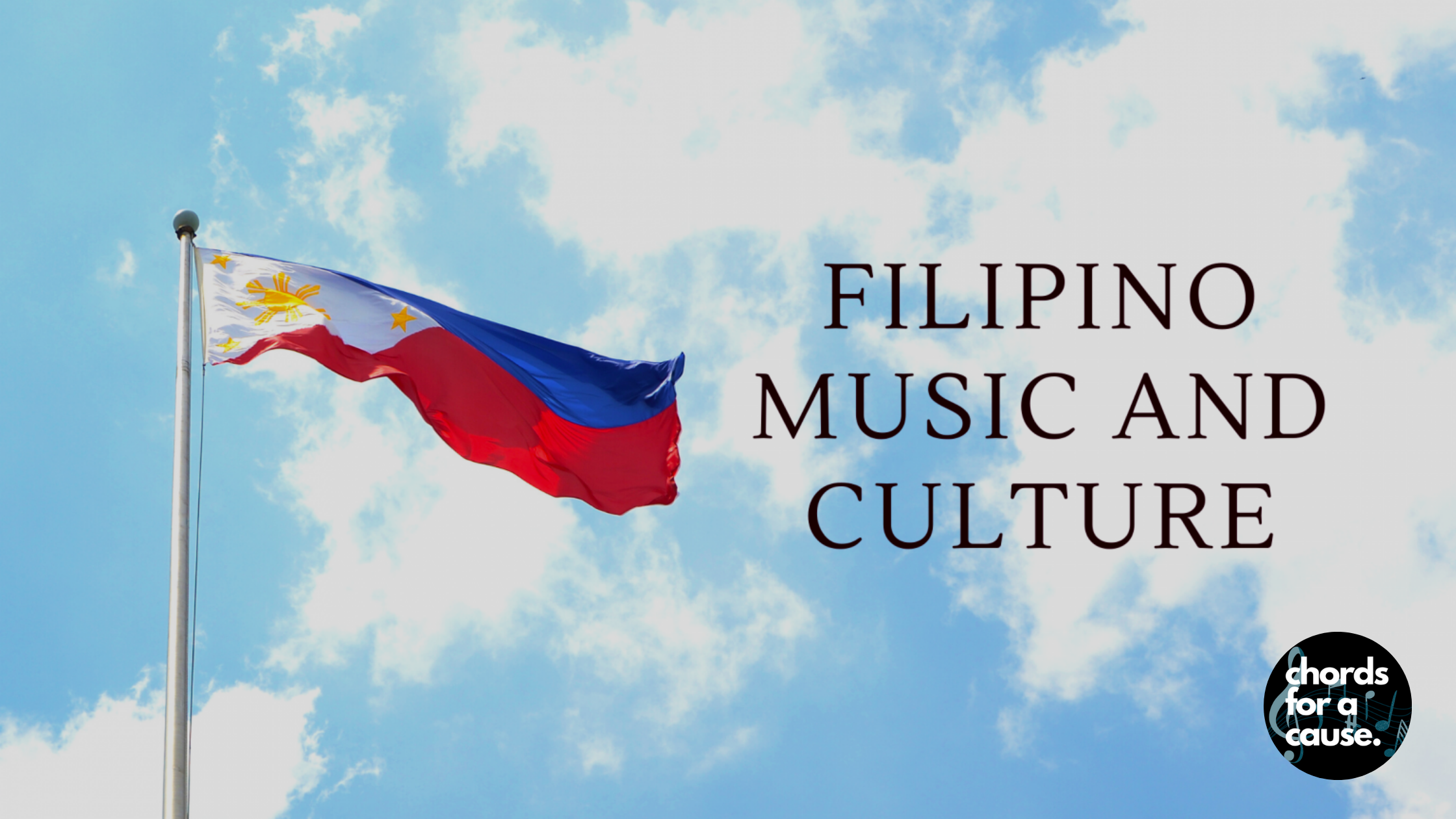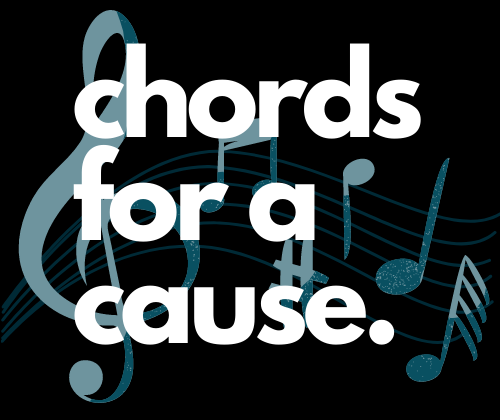The History of Music in Filipino Culture

The Philippines is a country located in Southeast Asia. It is known for its beautiful beaches with crystal clear waters and delicious fruit produced in the tropical climate. The Philippines is a special country not just because of the beaches and fruit, but also because of the people. Filipinos are known for their hospitality, their everlasting sense of community, and their strong presence in the music realm. When a karaoke machine is open you can expect a line of singers and most likely all extremely talented singers.
Music holds an influential role in Filipino culture and history. Traditional Filipino folk music depicted the importance of community as the notes were never isolated, but instead were connected through slides or “microtonal continuum.” Singers’ style when singing would exhibit this connection as they slid between notes instead of breaking up notes, such as going from C to F sharply. The fluidity of the songs would create a graceful sound that became a defining factor of traditional Filipino music.
Indigenous groups such as the Kalinga and the Bontoc perform music for daily life events. For example, there is always music accompaniment, such as a song for married couples called tamuyong, a song sung before planting called panubad, and even a song for when a child is first bathed outside of a house called dopdopit. These indigenous groups generate their own rhythms on the spot and allow the music to pour out of them organically.
There were several genres of traditional Filipino music evolving that encompassed Asian origins and predominantly Spanish origins due to Spanish colonization. A harana and kundiman which had Mexican-Spanish influence involves romantic melodies and string instruments. These songs acquired a new rhythm of Spanish-Cuban influence and were played with mandolins, bandurias, and arrangement of string instruments. These types of songs were especially popular in the 1960s.
Today, Filipino pop has emerged titled “OPM” standing for Original Pinoy Music. These songs have a Western flair and are sung by some of the best singers in the Philippines. This contemporary genre resembles America’s pop songs with a range of topics, melodic rhythms, and new deliveries of the music from different singers.
Even though the popular music in the Philippines evolved from simple folk music to contemporary pop songs, it still continues to strengthen the Filipino value of community, uniting Filipinos all across the world.
Bibliography
- de Guzman, Paul. “Historical Notes: Why Philippine Music Is So Deeply Embedded in the Culture.” Tatler, 2020, https://ph.asiatatler.com/life/historical-notes-on-why-filipinos-love-music. Accessed 8 January 2021.
- Sand, Jay. “The Philippines-Music.” All Around This World, 2015, https://www.allaroundthisworld.com/learn/east-and-southeast-asia/the-philippines/the-philippines-music/#.X_kuHulKi3J. Accessed 8 January 2021.

